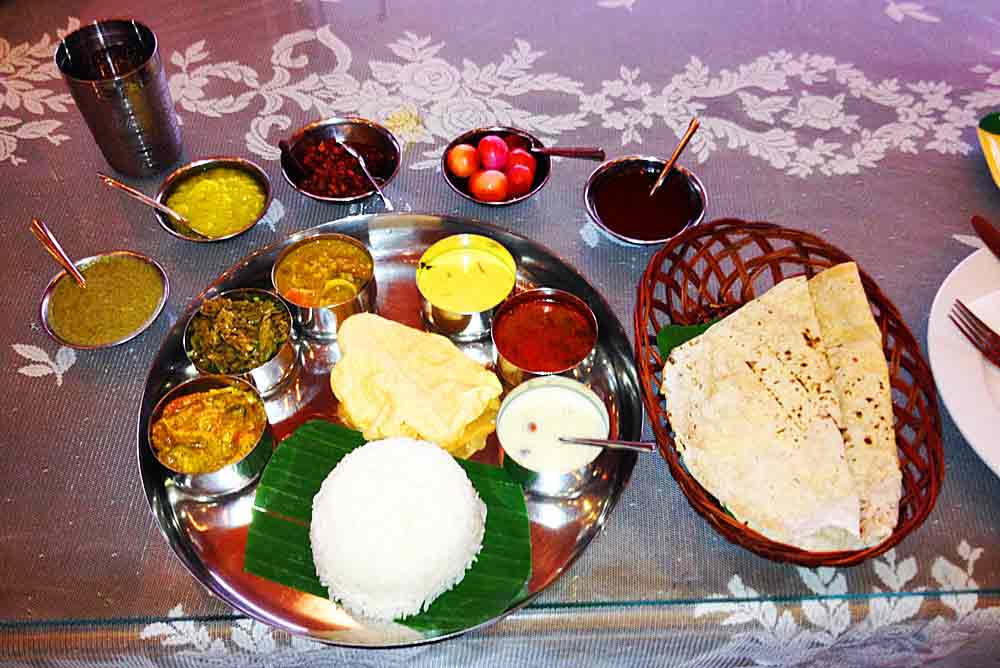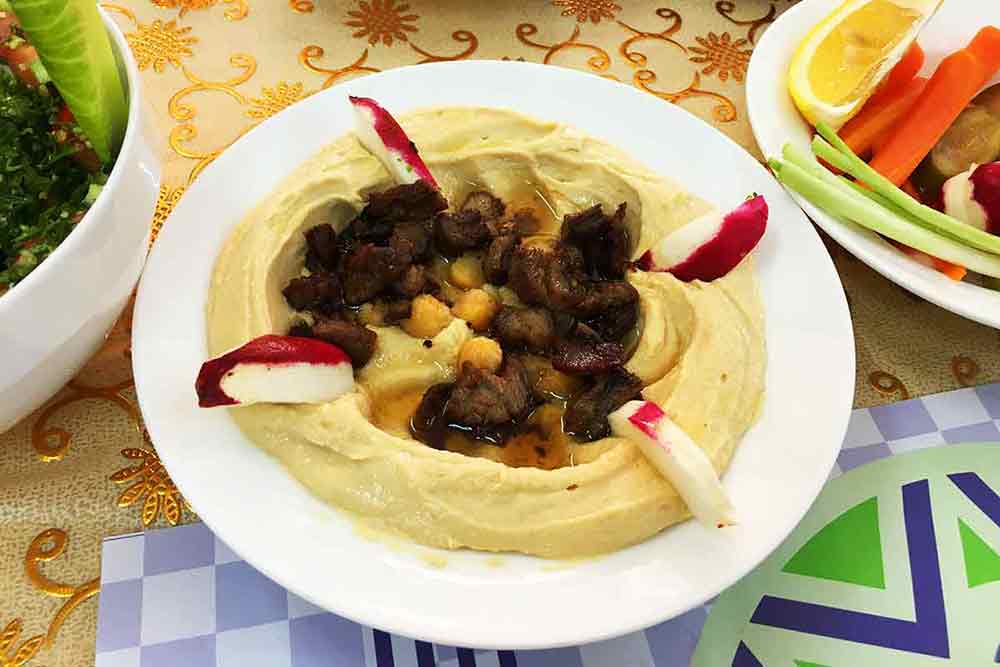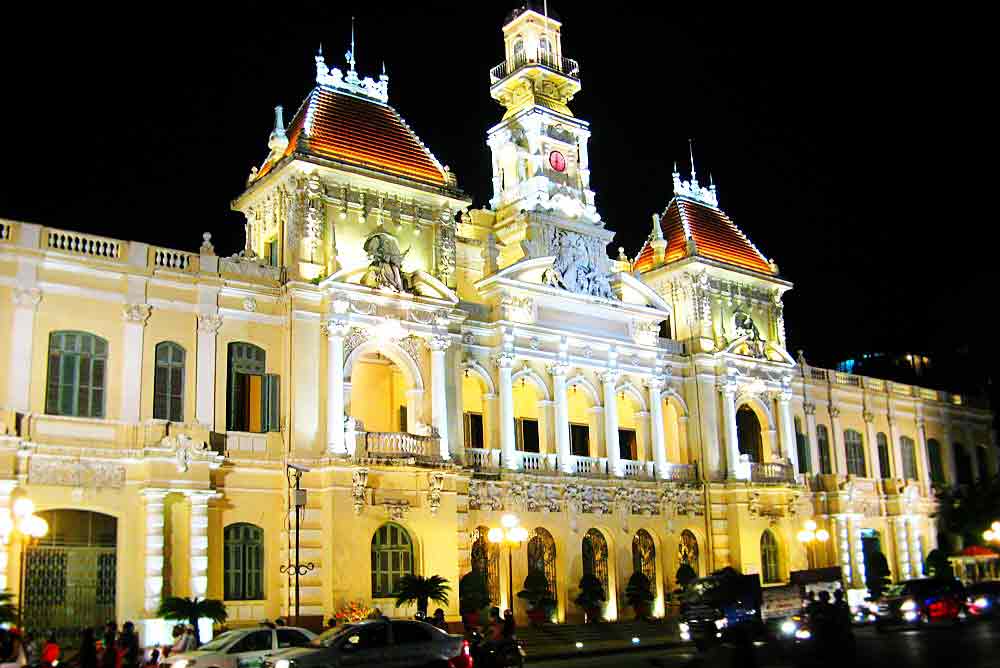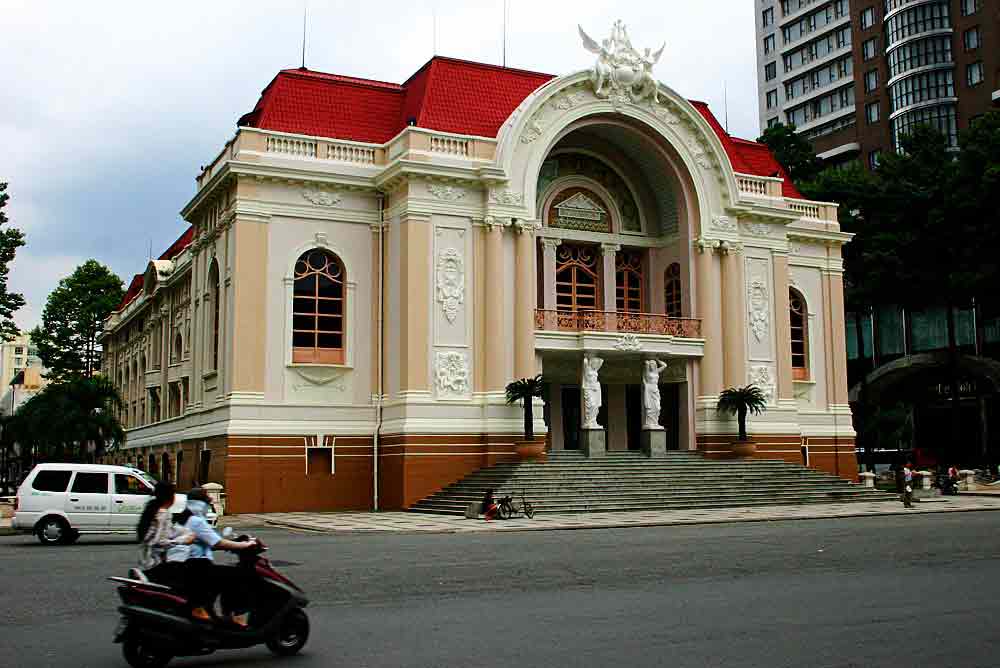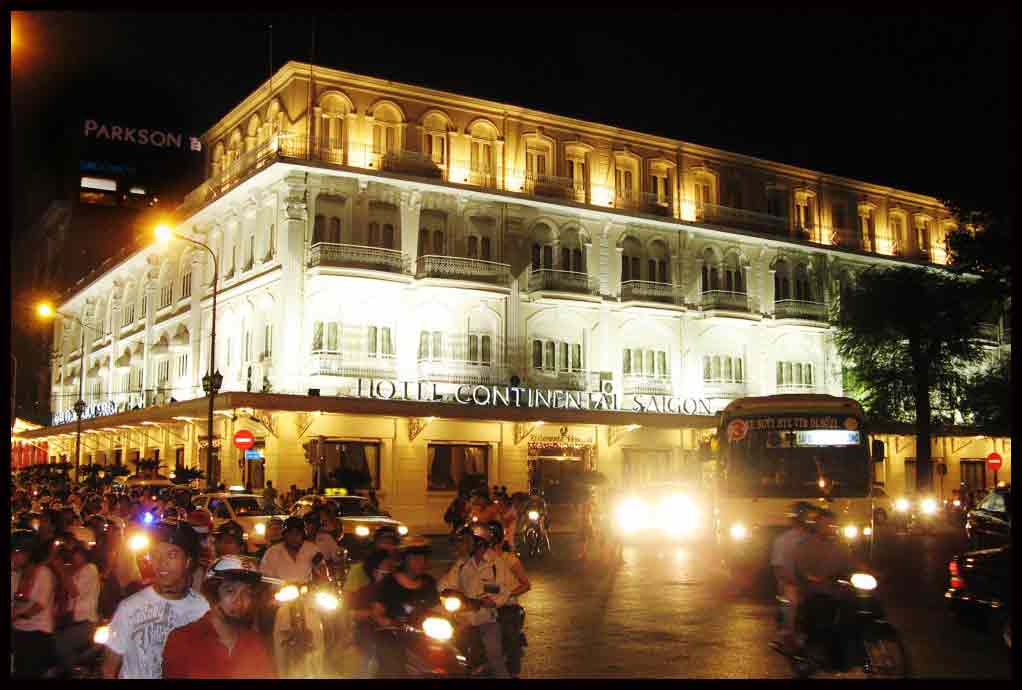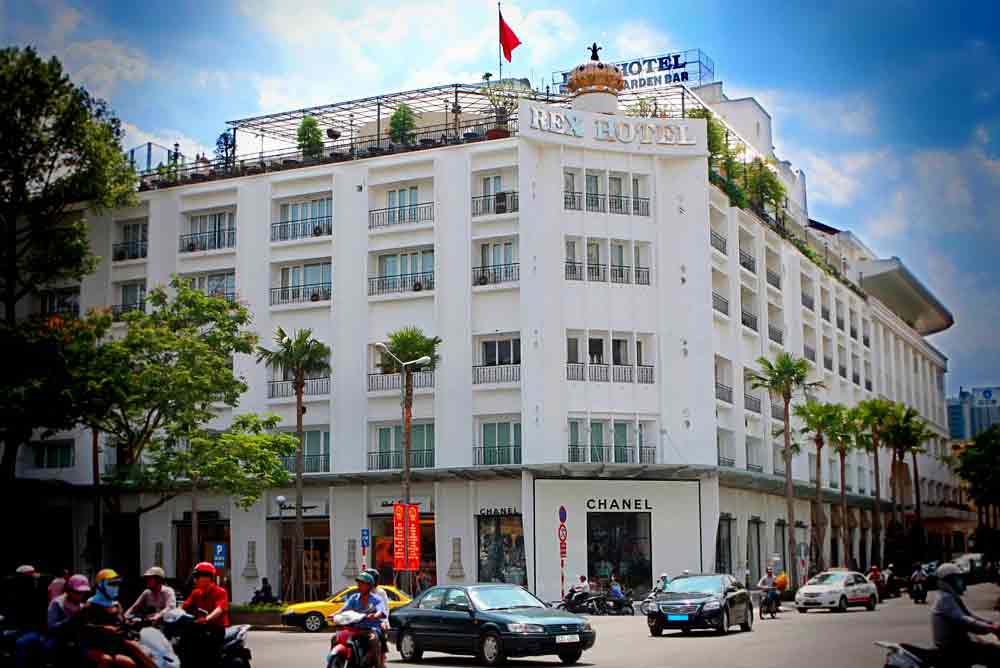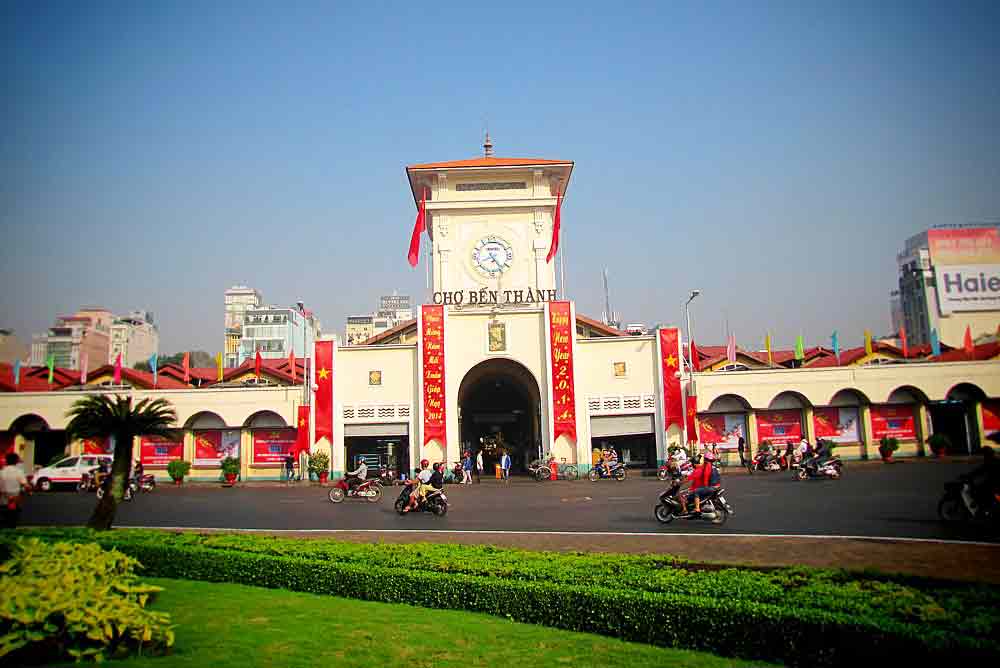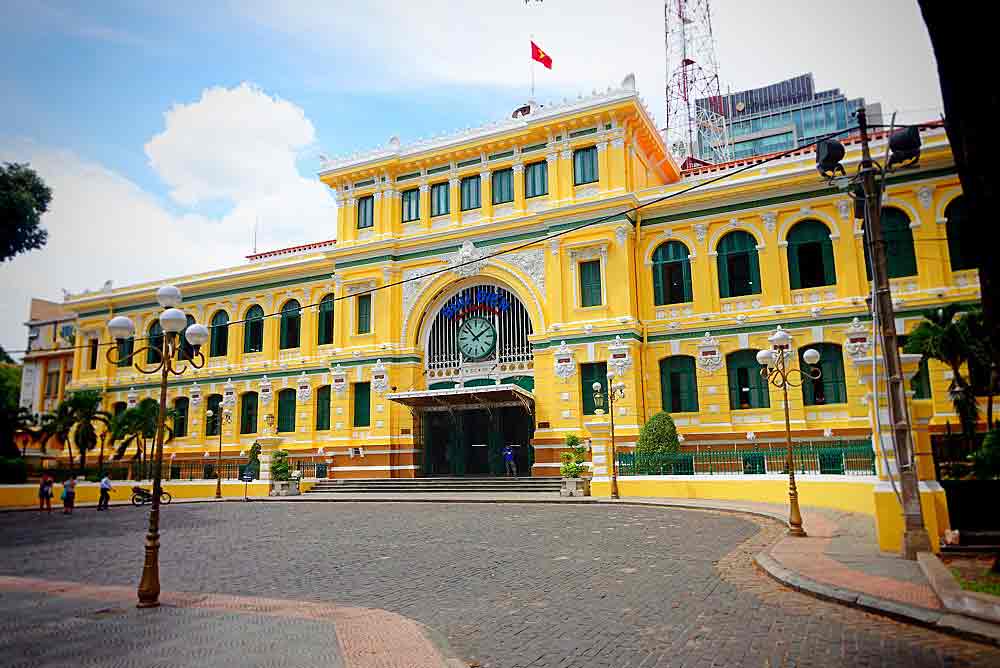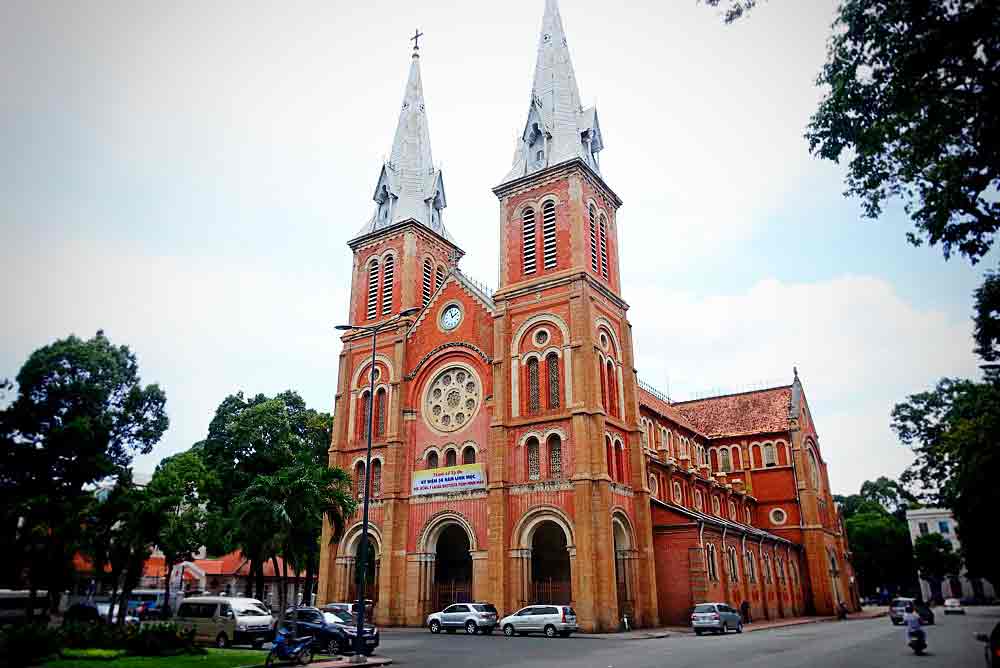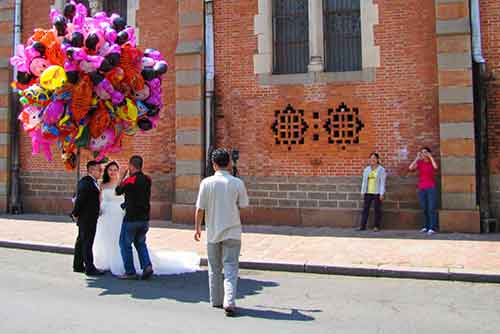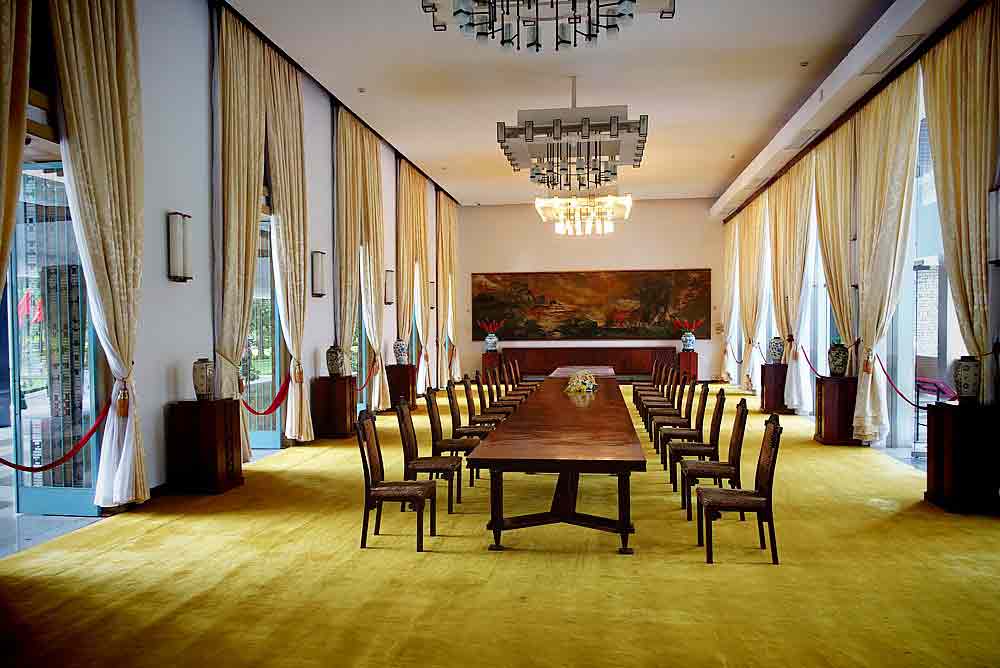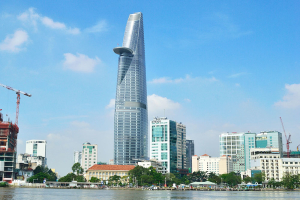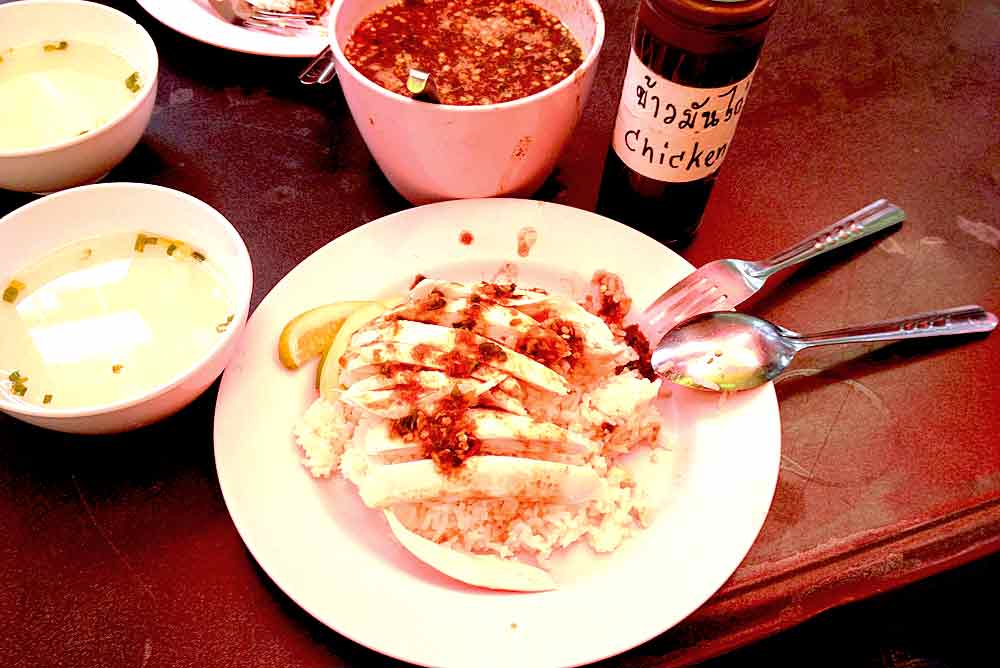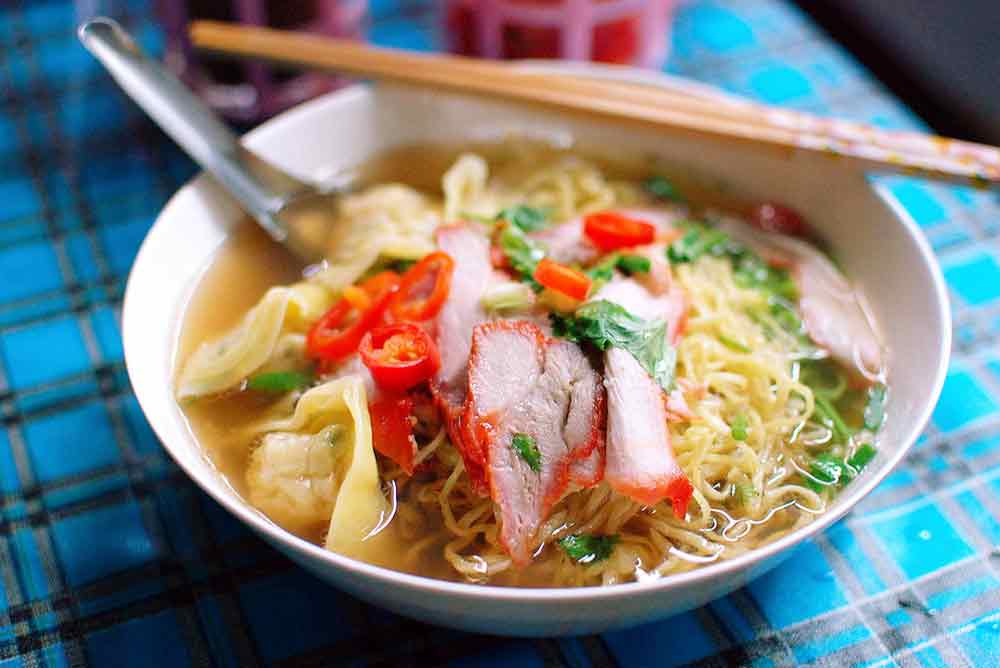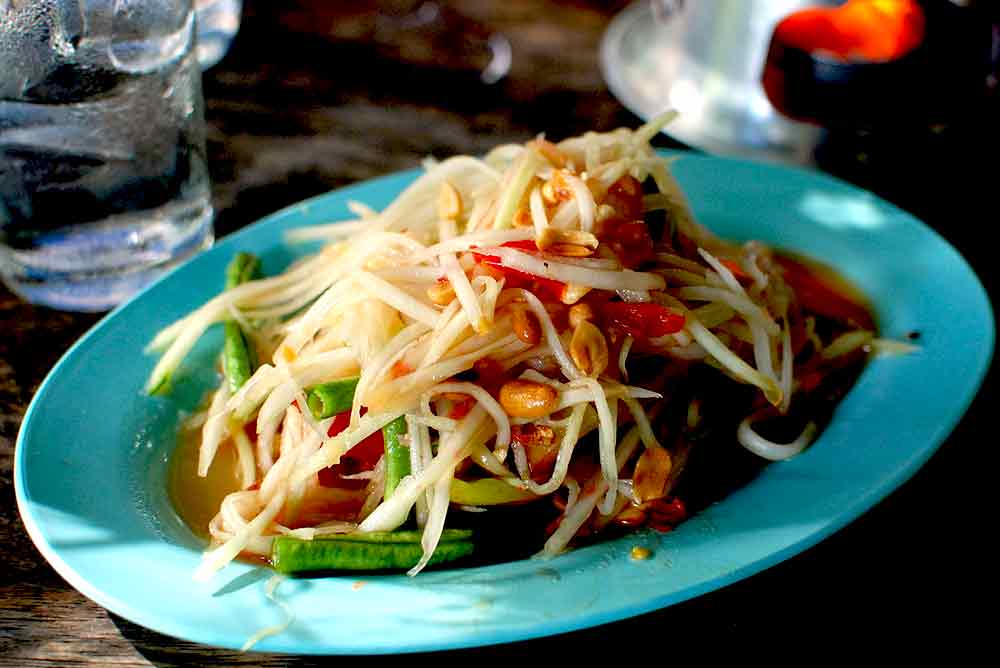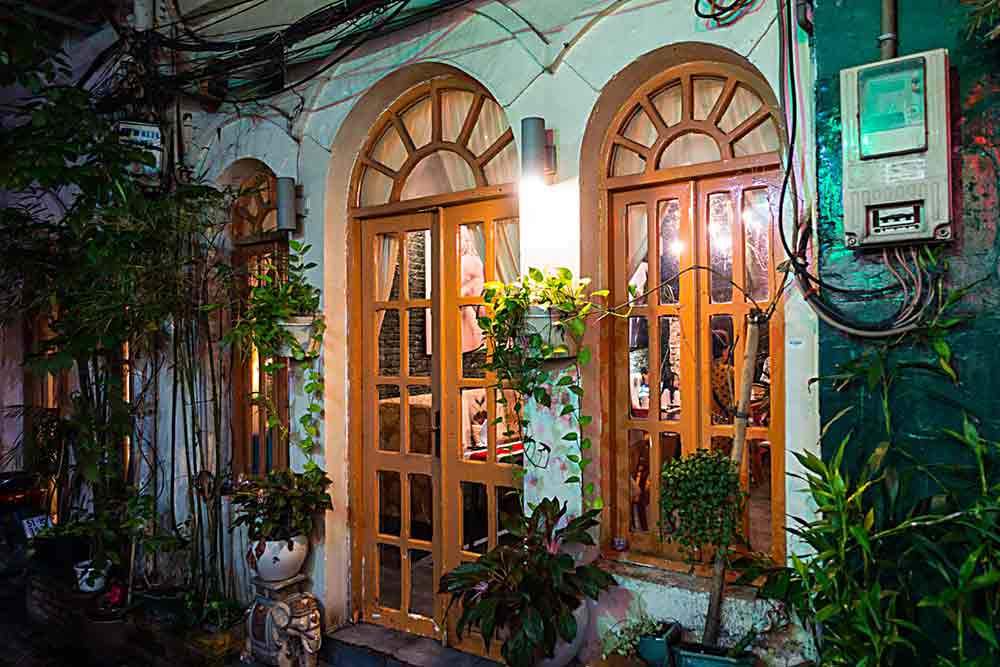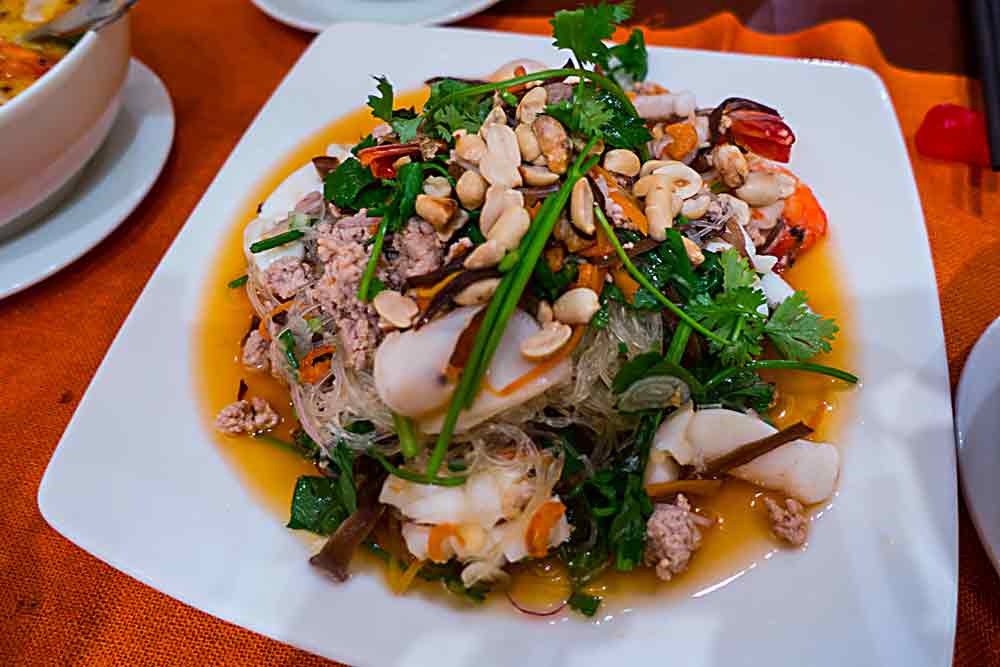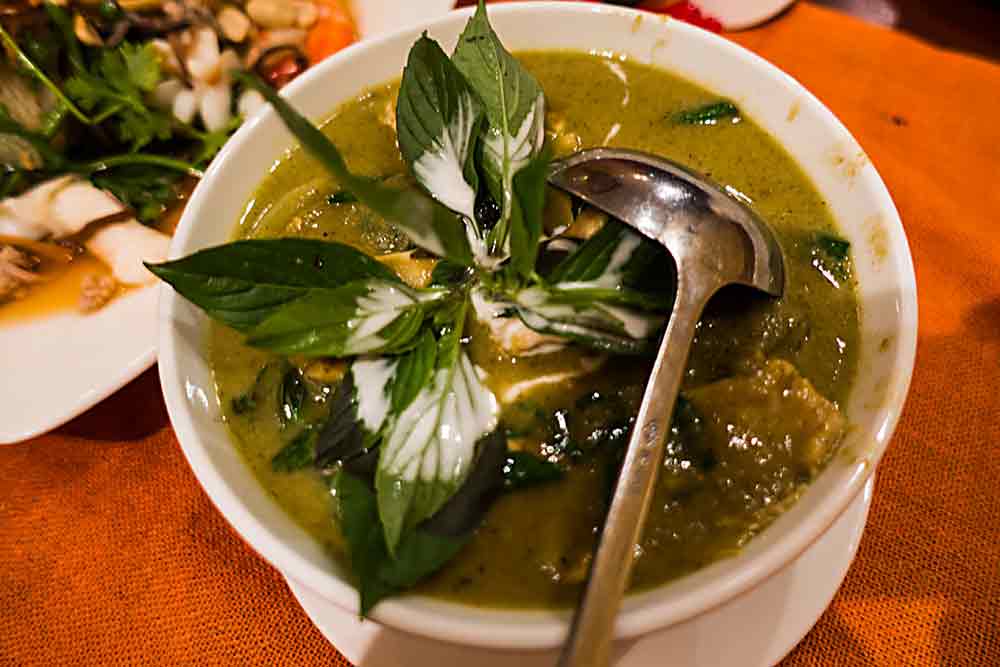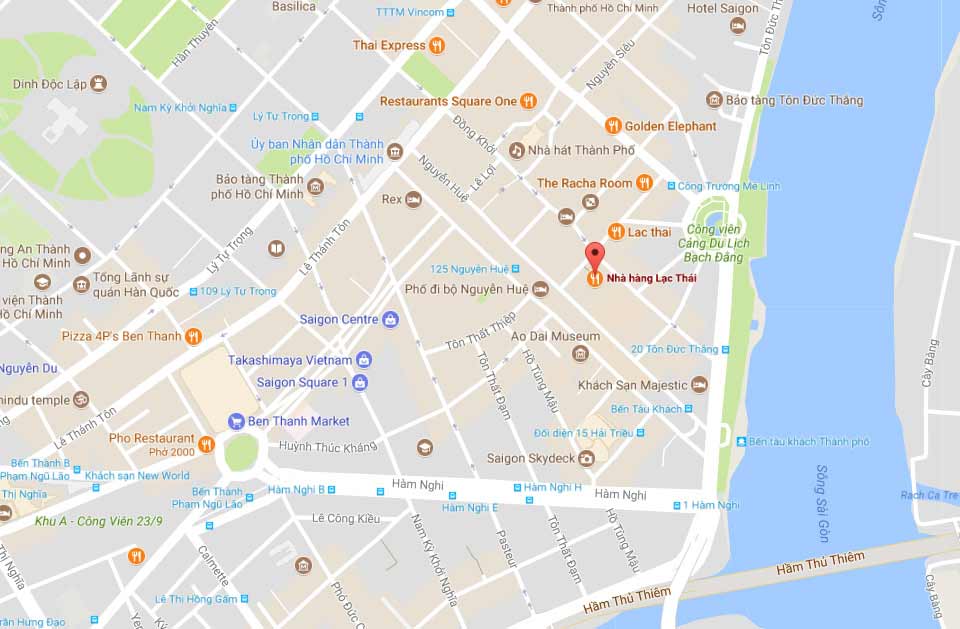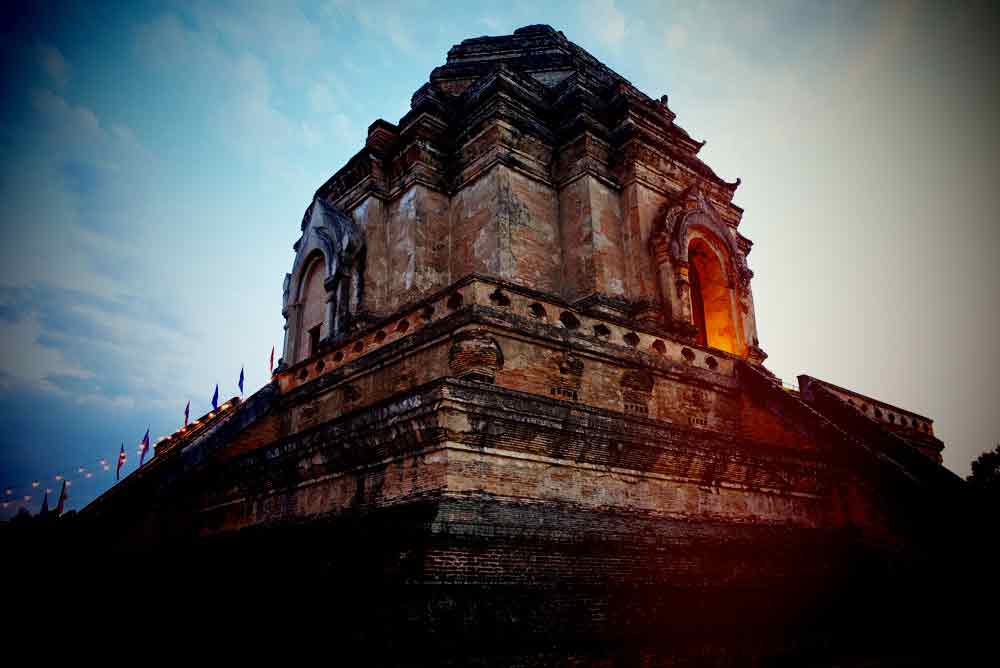Looking for the best restaurants in Saigon for international cuisine?
There’s no doubt that Vietnamese cuisine is among the finest in the world. It’s hard to beat sitting down to a nice healthy, delicious, fresh-cooked traditional meal from Vietnam.
But Vietnam in general and Saigon in particular boast exquisite cuisine from many parts of the word, including French, Indian, Middle Eastern, Greek, and even Ethiopian! Foodies of every make and model will be wowed by five of the best restaurants in Saigon offering a more international fare.
A huge difference between the excellent international restaurants in Saigon and those in the West is the prices. A meal that could easily cost over US$100 back home can be enjoyed in Saigon for less than US$20.
Let’s take a look at some of Saigon’s most iconic restaurants.
Baba’s Kitchen Indian Restaurant
Indian restaurants have arisen prominently in the foodie cityscape of Saigon. At any given time, there may be 10 – 12 establishments on Bui Vien Street serving the best that Indian cuisine has to offer to hungry travelers.
I have tried a few, but none quite reach the level of excellence of Baba’s Kitchen. Baba’s offers all the usual favorites — samosas, curries, masalas, and kebabs — with chicken, mutton, fish, prawn, and vegetable-only options.
Come hungry, as Baba’s meals are quite fulfilling, but will also fill you up.
Vegetarian options are plentiful at Baba’s, including a delicious mix of curries and masalas made with fresh vegetables. One of my favorites is daal palak, a flavorful dish made with yellow lentils and spinach.
Another dish I order almost every time I eat here is aloo gobi mattar, a healthy mix of cauliflower, potato, and peas cooked in a dry onion gravy.
Don’t forget to top off your meal with one of India’s signature breads, either naan, made with white flour, or roti, made with wheat flower. Baba’s naan comes in flavors to include plain, cheese, garlic, onion, paneer, or kashmiri. The naan is a nice treat, but I prefer roti, which is softer and easier to work with than naan.
If you are in the mood for a lighter meal, try Baba’s special salad, made with peas, beans, carrots, and lettuce and served with a pleasant yogurt sauce. You can follow your salad with tandoor chicken, which is roasted in the traditional clay oven found everywhere in India.
The chicken is first marinated with a mix of chili, cashews, yogurt, and marsala spices, and then cooked in the tandoor, resulting in a crispy outside but with the savory flavors sealed inside.
Another good lighter option is the kariyali kebab with chicken, which is boneless chicken marinated in a mix of cilantro, mint, and green chilies, and then baked on a skewer in the tandoor oven.
Baba’s also offers delivery and catering. If you have been craving a truly savory Indian meal, or want to try a new cuisine, you really cannot do any better in Saigon than Baba’s Kitchen.
Address: 274 Bui Vien Street, District 1
Telephone: 028 3838 6661
Al-Sham Middle Eastern Restaurant
Al-Sham is another not-to-be-missed offering for international cuisine in Saigon.
Situated in a small but beautifully decorated venue on Vo Van Kiet Highway in District 1, this restaurant offers all the traditional Middle Eastern favorites, such as Arabic salad, chickpea soup, hummus, falafel and kebabs.
I love the interior decor of this place. You feel like you could be in a restaurant in Lebanon. And there is usually Middle Eastern tunes playing over a speaker in the background, so the scene is very inviting.
Staff tend to stay for a long time at Al-Sham, a good sign in itself but, also leads to very good service. All servers speak English, and the owners are happy to answer any questions you may have.
Most meals come with home-made pita, cooked in the oven just outside the entrance by the owner himself and you can order more for only 10,000 VND (about US$0.45).
I had so many good things to say about Al-Sham that I wrote a separate review for this restaurant.
For excellent Middle Eastern cuisine in Saigon, Al-Sham is the place to go.
Address: 300 Vo Van Kiet, District 1
Telephone: 0984 597 160
86 French Bistro
This is my favorite French restaurant in town. It’s conveniently located just outside of the main tourist area in the city, and serves up a delectable selection of French cuisine that you’ll truly enjoy.
The first thing you’ll notice when you enter 86 French Restaurant is the quaint authentic feel of a traditional French restaurant atmosphere. The interior is decorated with plush velvet chairs, crystal chandeliers, and white linen tablecloths. It’s clear that every detail has been thoughtfully considered to create a refined dining experience.
The menu at 86 French Restaurant is extensive and features classic French dishes with a modern twist. From escargot to foie gras, each dish is prepared with the highest quality ingredients and presented beautifully.
The flavors are rich and complex, with options like duck confit, bouillabaisse, and coq au vin. The wine list is also impressive, with a selection of fine wines from around the world to complement your meal.
The service at 86 French Restaurant is impeccable. The staff is attentive and knowledgeable, and they take pride in providing a personalized dining experience. The chefs are also skilled and take pride in their craft, which is evident in the quality of the food.
Overall, if you’re looking for a luxurious French dining experience in Ho Chi Minh City, 86 French Restaurant is a must-visit. From the elegant atmosphere to the delicious food and excellent service, you won’t be disappointed.
Address:
Telephone:
Cuu Non Hy Lap Greek and Vietnamese Restaurant
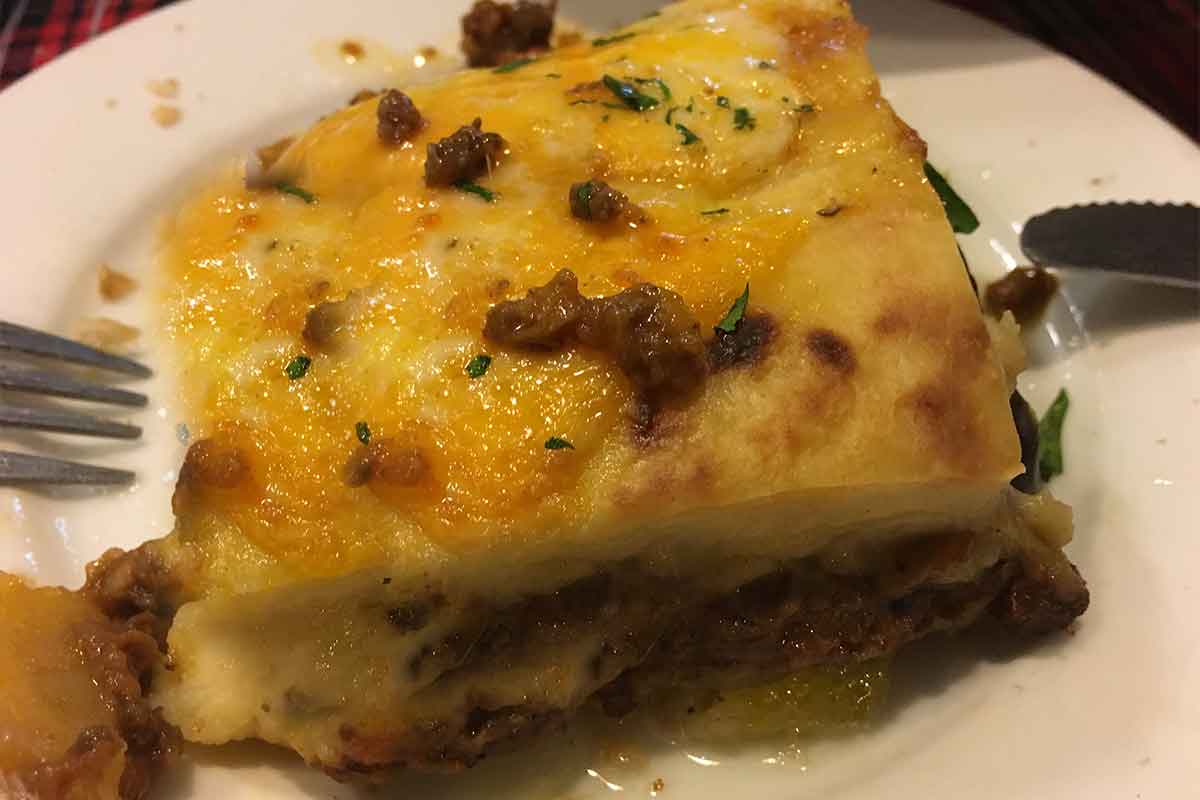
The Moussaka at Cuu Non Hy Lap Greek Restaurant
Cuu Non Hy Lap is a mixed-menu restaurant, but is known primarily for its Greek selections, located in Saigon’s District 3. The food here is nothing less than exquisite.
To be honest, I have only tried three items on their entire menu, because it’s THAT good. I like to start with the Greek salad, always fresh, crisp, and delicious. They always include a generous helping of feta, which to me makes a Greek salad so good. The dressing is a simple one of oil and vinegar and the portion size is quite adequate for two people.
The second thing I always order is the garlic bread, toasted fresh on a grill just outside the door of the restaurant. It’s a nice complement to the Greek salad and also to the third most favored dish, traditional Greek moussaka.
This tasty entrée is prepared with a layer of sliced eggplant sautéed in olive oil, a layer of mutton lightly cooked with chopped or puréed onion, garlic, and spices and topped off with a layer of Béchamel sauce. The creation is then baked in a pan until the top layer turns slightly crispy.
Cuu Non Hy Lap is open air and sits just off a pleasant canal. Try to get there just before sunset and you will be treated to a very nice view during your meal.
The staff and the owners, a friendly Vietnamese couple who are almost always seated just on the side of the door, speak English well and are happy to answer any questions about the menu.
Address: 395 Hoang Sa, District 3
Telephone: 0988 087 590
Ciao Bella Italian Restaurant
If you’re craving authentic Italian cuisine in Ho Chi Minh City, Ciao Bella is the place to be. Located in the heart of District 1, this cozy restaurant serves up some of the best Italian dishes in the city.
The menu at Ciao Bella features a variety of classic Italian dishes, including homemade pasta, wood-fired pizza, and fresh seafood. The ingredients are sourced locally and imported from Italy, ensuring that every dish is made with the freshest and highest-quality ingredients.
One of the standout dishes at Ciao Bella is the seafood linguine. This dish features a generous helping of fresh seafood, including prawns, mussels, and squid, tossed with linguine pasta in a flavorful tomato sauce.
Another must-try dish is the margherita pizza, which is made with a thin and crispy crust, fresh tomato sauce, and creamy mozzarella cheese.
The atmosphere at Ciao Bella is warm and inviting, with exposed brick walls, cozy lighting, and elegant decor. The attentive service and friendly staff make you feel right at home, whether you’re dining solo or with a group.
Overall, Ciao Bella is a must-visit restaurant for anyone looking for authentic Italian cuisine in Ho Chi Minh City. The food, atmosphere, and service are all top-notch, making for a memorable dining experience that you won’t soon forget. So, head to Ciao Bella and indulge in some delicious Italian dishes – you won’t be disappointed!
Address:
Telephone:
La Fiesta Mexican Restaurant
If you’re craving some delicious Mexican food in Ho Chi Minh City, La Fiesta Mexican Restaurant is the place to go! This vibrant and colorful restaurant serves up a range of classic Mexican dishes that will transport you to the heart of Mexico.
When you enter La Fiesta, you’ll immediately feel the lively and festive atmosphere. The decor is bright and colorful, with colorful Mexican tiles, sombreros, and piñatas adorning the walls. The restaurant has a friendly and welcoming ambiance that is perfect for a casual meal with friends or family.
The menu at La Fiesta features classic Mexican dishes, including tacos, burritos, fajitas, and enchiladas. Each dish is made with authentic ingredients and bursting with flavor.
The salsas and guacamole are freshly made and add the perfect touch of heat and freshness to your meal. The margaritas are also a must-try, with a range of fruity and refreshing flavors to choose from.
The service at La Fiesta is excellent. The staff is friendly and attentive, and they are always willing to help you navigate the menu or make recommendations. The chefs are also skilled and take pride in their craft, which is evident in the quality of the food.
Overall, if you’re looking for a fun and delicious Mexican dining experience in Ho Chi Minh City, La Fiesta is the perfect choice. From the colorful decor to the delicious food and excellent service, you won’t be disappointed. So why not grab some friends, order some tacos and margaritas, and have a fiesta at La Fiesta!
Address:
Telephone:
Tokyo Deli
Are you craving for some authentic Japanese cuisine in Ho Chi Minh City? Look no further than Tokyo Deli!
With several locations the city, this restaurant serves up a delectable selection of sushi, sashimi, ramen, and other Japanese favorites that will leave your taste buds satisfied.
The first thing you’ll notice when you enter Tokyo Deli is the stylish and modern interior. The minimalist decor creates a tranquil and calming atmosphere that is perfect for a relaxing meal.
Whether you’re dining alone, with friends, or on a date, Tokyo Deli has a seating option for you. You can choose to sit at the sushi bar and watch the chefs expertly prepare your meal, or opt for a cozy booth or table for a more intimate dining experience.
The menu at Tokyo Deli is extensive, and there is something for everyone. The sushi and sashimi are made with the freshest ingredients and are presented beautifully. The rolls are creative and delicious, with options like the Spider Roll, Rainbow Roll, and Dragon Roll.
If you’re not in the mood for sushi, the ramen is a must-try. The broth is flavorful and rich, and the noodles are perfectly cooked. You can also try the udon or soba noodles, which are equally delicious.
The service at Tokyo Deli is top-notch. The staff is friendly and attentive, and they are always willing to help you navigate the menu or make recommendations. The chefs are also skilled and take pride in their craft, which is evident in the quality of the food.
Overall, if you’re looking for a great Japanese dining experience in Ho Chi Minh City, Tokyo Deli is a must-visit. From the beautiful interior to the delicious food and excellent service, you won’t be disappointed. So, why not make a reservation today and treat yourself to a fantastic meal?
Address:
Telephone:
Maisen Bistro German / European Restaurant
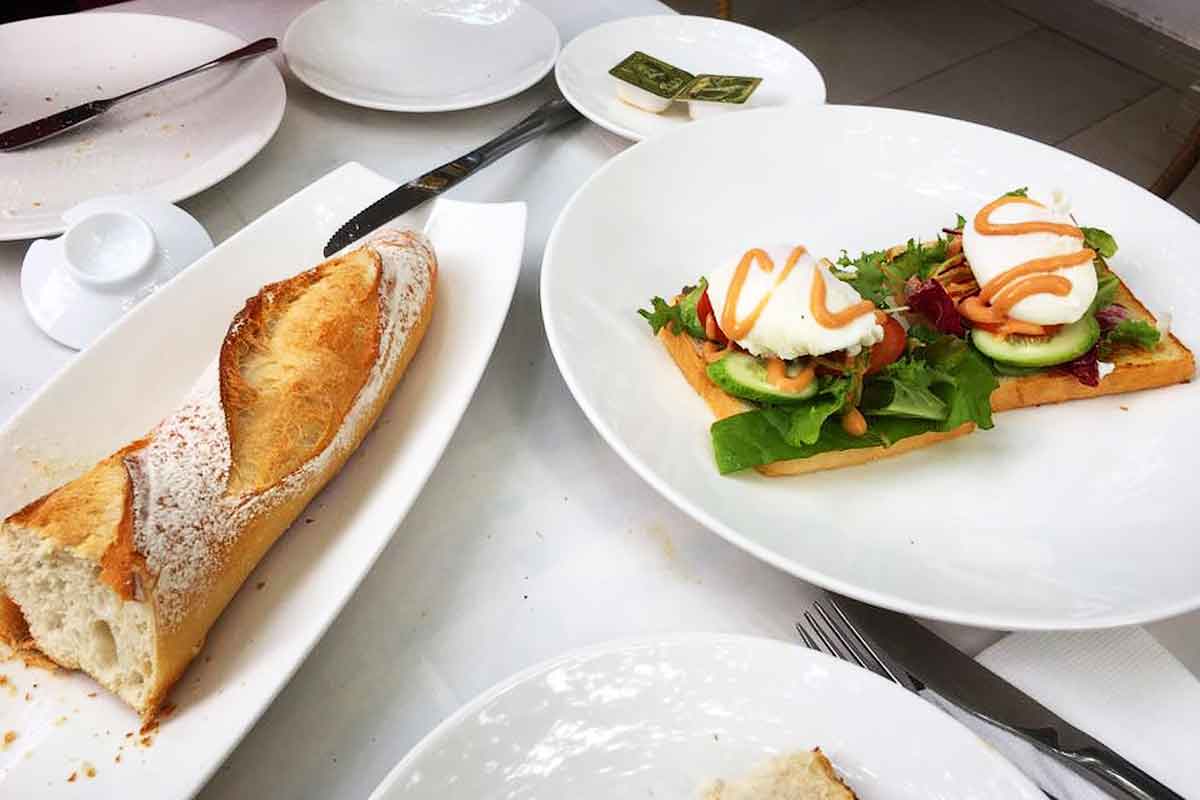
Poached eggs on toast and vegetables and fresh-baked bread
If you’re feeling adventurous, and want to get out of the city center and try something new, Maisen Bistro in Benh Thanh district is a worthy venue! It’s one of my favorite dining spots for both breakfast and dinner.
Maisen is unique in that the entire staff are disadvantaged youths, victims affected by Agent Orange, or have a mild disability. The students benefit from the training and are able to develop career-related skills that pay off for a lifetime.
The food is international, and the environment of the restaurant would make you think you were in a café in Berlin or Hamburg. The staff speak English and are always very friendly and welcoming.
If you prefer outdoor seating, you will love Maisen’s small courtyard.
It’s lovely on a relaxing Sunday morning, where you can enjoy freshly made breads and pastries, traditional Western breakfast favorites such as poached eggs on toast, and a decent cup of Vietnamese coffee.
If you’re at Maisen’s for lunch or dinner, you will find an extensive and varied menu offering European favorites. I really enjoy their frankfurter with potatoes au gratin, sauerkraut, and spicy mustard. It’s a real treat!
Another dish I personally enjoy is the salmon streak with orange and ginger sauce, spinach, and herb rice. Don’t overlook the salads, as they are delicious and well prepared with fresh vegetables and tangy dressings and spices.
Address: 56 Nguyen Van Lac Street, Binh Thanh District
Telephone: 28 3840 5043


